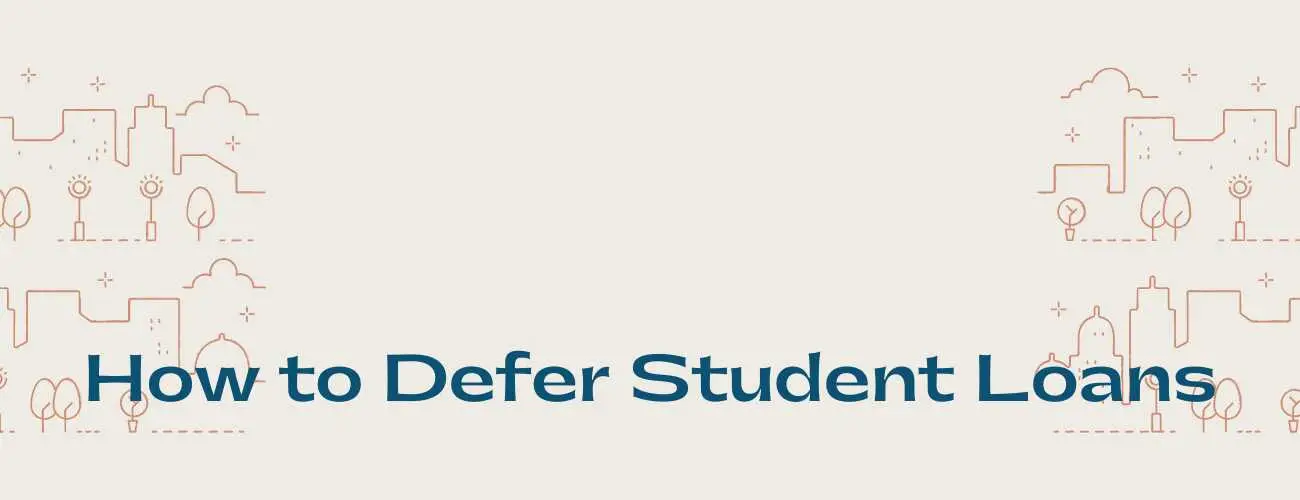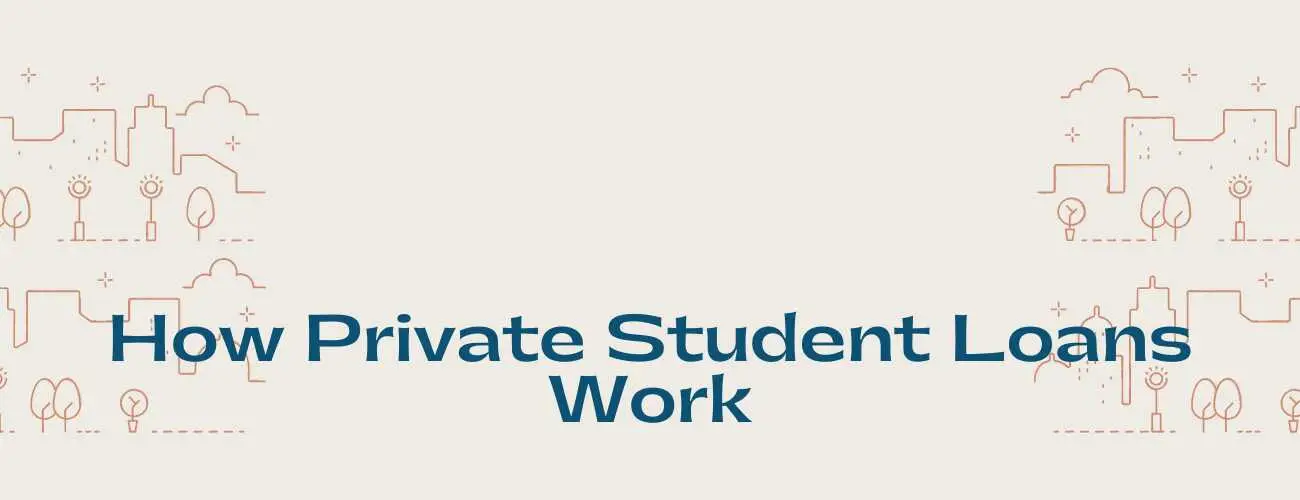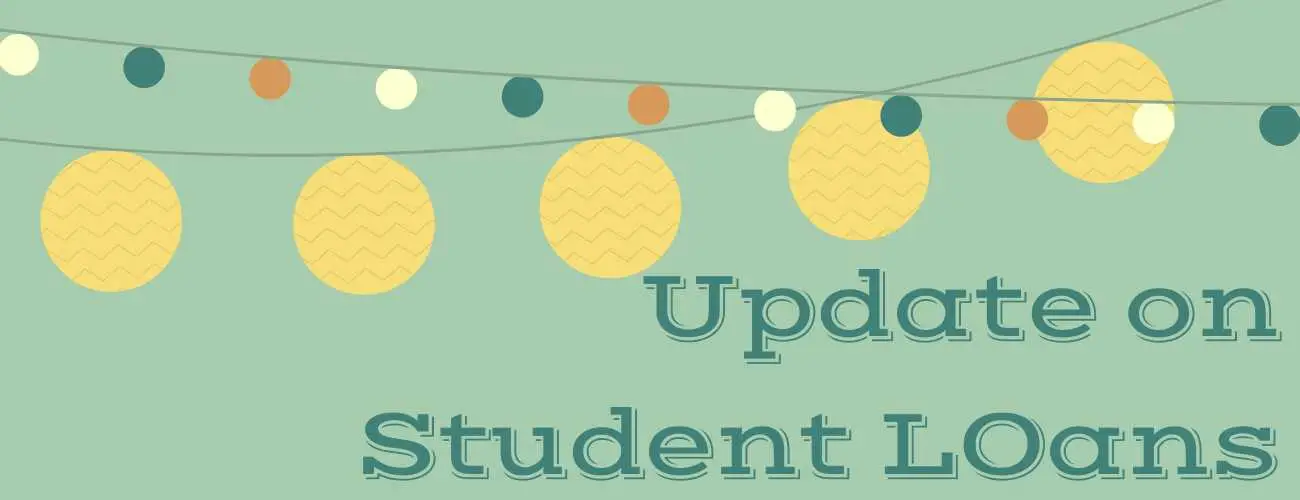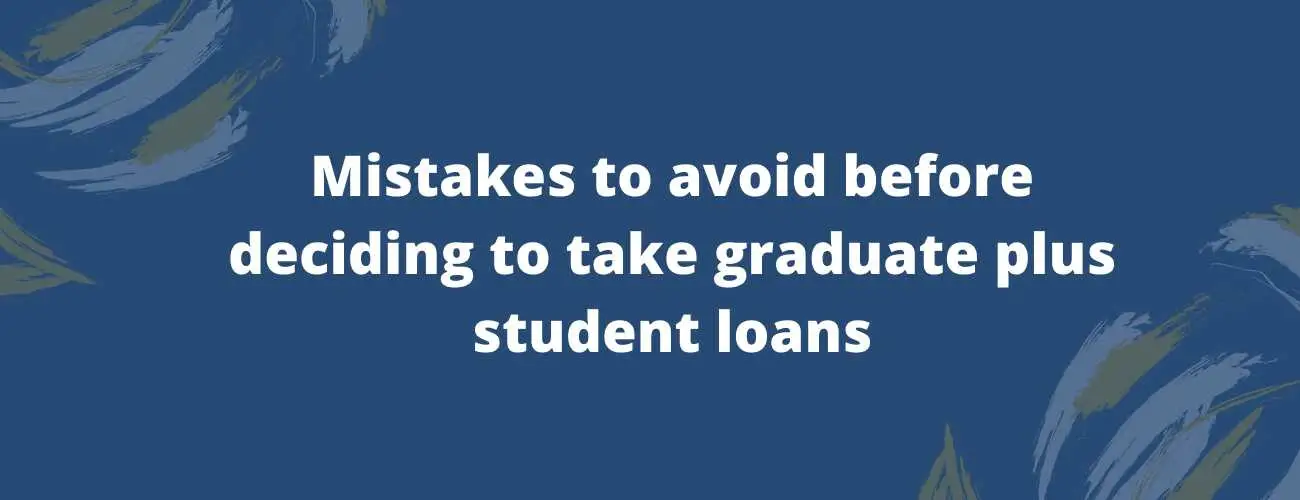Bernie Sanders On Student Loans: Free Education
Bernie Sanders is a strong supporter regarding student loans, proposes student debt forgiveness programs, encourages debt free, college free for every person.
Updated by Nchumbeni Yanth on 22nd February 2020
Bernie Sanders (Bernard Sanders), a United States Senator from Vermont since 2007 where students ended up graduating with an average basis of student loans of $30,651 per year. He is also a 2020 presidential candidate, who offers legislation, an ambitious plan yet to address the nation's student loan debt.
Sanders strongly supports student loans crisis, proposed legislation addressing higher education, college affordability, student loans during his time as a U.S. Senator. He proposed College for All Act, related legislation, viewpoints on student loan forgiveness.
Table of Contents
- Goals of Bernie Standards on Student loans
- Who qualifies under Sanders on student loans?
- Budget under Sanders student loan plan
- Perspective of Bernie Sanders on Student Loan, Student loan/debt forgiveness, free education.
- Sanders “2017 College for all Act”
- Bernie Sanders additional views and legislations
- Conclusion- Who pays
Goals of Bernie Standards on Student loans
The following are the goals stated by Bernie Sanders on student loans -
-
To guarantee tuition, debt-free public institutions, HBCUs(), Minority Serving Institutions and trade-schools access to every ordinary person.
-
Freeing all student loan debt for an approx 45 million Americans who owe about $1.6 trillion, to actually place a cap regarding student loan interest rates going forward at 1.88 percent.
-
To invest $1.3 billion per year in private, non-profit historically black institutions and minority-serving institutions.
-
To burn equity gaps in higher education attainment. Ensuring that every student are able to cover non--profit tuition costs of attending school such as by
-
Expanding Pell Grants to cover non-tuition and fee costs, tripling funding for the Work-Study Program, dollar-for-dollar match, restoring law interest rates, etc.
Who qualifies under Sanders on student loans?
Anyone. An individual who owes a student loan would be eligible, regardless of their income or their type of loan they owe.
In addition, parents can also apply if they took out loans to pay for their children's education.
Budget under Sanders student loan plan
The overall budget estimates a cost of $2.2 trillion on education plan, including debt cancellation.
Sanders proposes to pay it by implying a new tax plan on Wall Street transactions that would produce more than $2.4 trillion over the next ten years. He states “if we could bail out Wall Street, we are sure as hell can reduce student debt in this country,” during a campaign event at Clinton College in Rock Hill, S.C.
Worried about your student loans? Find the best student loans suited for you.
Perspective of Bernie Sanders on Student Loan, Student loan/debt forgiveness, free education
Here are some of his perspective based on the following as:
- Sanders on Student Loan/debt Forgiveness:
Student loan forgiveness is a great way to combat debt. Bernie Sanders hasn't made any official campaign statements with regard to grand plans on student loan forgiveness. But, being a member of the HELP committee, he supports existing loan or debt forgiveness programs.
Some of the specific measures about his public statements made are based on:
- Borrower Defense Rule :
The federal government offers loan discharge to people facing hardships like total disability or a closed school, also offers discharge to borrowers defrauded by institutions. In 2016, the borrower defense rule was updated with more solution-able options to borrowers. In December 2018, more than 139,000 claims were reported pending.
In February 2019, Sanders along with the others wrote a letter to Secretary of Education Betsy DeVos representing the backlog of federal student loan discharge requests made by these loan borrowers.
- Public Service Loan Forgiveness:
The first public service employees were eligible to apply for the Public service Loan Forgiveness Program (PSLF) in 2018. An approx of 28,000 borrowers applied for this program, but only 96 eligible individuals had their loans forgiven.
Sander’s signed a letter written to Betsy Devos on October 16, 2018, expressing senator’s frustrations with the formation of the PSLF program and calls for an overhaul to verify the system ensuring easy loans forgiveness.
In March 2019, Sanders released a statement on his senatorial website speaking out against the proposed budget removal from Public Service Loan Forgiveness, as he is against the cuts of budgets.
Currently, in his proposed 2020 budget, President Donald Trump removes $207 billion from college affordability programs for the very next ten years. This would also eliminate the Public Loan Forgiveness Program.
Sanders “2017 College for all Act”
Sen Bernie Sanders, I-Vt., and Rep. Pramila Jayapal, D-wash, introduced the proposal which would amend the Higher Education Act. It was modeled after the 2016 presidential campaign promises made by both Sanders and Clinton.
Some of the main goals under this Act are cited below:
1)Offer tuition-free institutions:
This Act aims to eliminate those difficult student circumstances and make institutions accessible to all Americans. It offers free tuition at four-year public colleges/universities to students from families earning up to $125,000 for about 80% of U.S. households. Community colleges offer tuition and fee-free for all, regardless of income. Currently, 44 million borrowers are saddled with student loan debt.
The College for All Act eliminates or lower the cost of attendance for low-income students. It would:
Cover charges of tuition and fees before applying any other financial aid.
It allows low-income students to use Pell grants and scholarships to cover other miscellaneous charges.
Cover the full cost of room, board, college.
Encourages work-study programs.
Eliminates tuition and fees charges at historically black colleges/universities serving minorities.
Increase funding for TRIO and GEAR UP programs for difficult students to get enrolled.
2)Cap student loan rates:
It would make student loans inexpensive for old and new borrowers by reducing loan rates. New borrowers would encounter rates of 1.88% compared to the latest 3.76%, and undergraduate federal student loans would have a cap of 5%. Presently, student loan borrowers have to refinance student loans privately to reduce their interest rates.
By the next decade, the federal government is assigned to make over $70 billion in profit off the student loan program.
3)College for All Act to finance expense $600 billion:
The legislators estimate that the bill proposal would cost $600 billion over the next 10 years. The funding would generate from a separate bill called the Inclusive Prosperity tax, which would levy fees on Wall Street transactions such that; 0.5% on stock trades, 0.1% on bonds, 0.005% on derivatives.
4)The Act lacks bipartisan support:
Despite having backing from five U.S. senators and 14 house representatives, there is a lack of support from Republican legislators for the proposed bill. The Employer Participation in Student Loan Assistance Act lacks bipartisan support, aims at incentivizing employers to provide student loan assistance to workers.
5)Reduce reliance on a student loan:
Include provisions that allow students to take out loans to cover expenses like books, room, board.
6)Pell Grants:
Eligible students are granted to cover tuition and fees, room, board, etc. The bill reiterates that low-income students who receive Pell Grant should still be allowed to utilize grant money to cover costs beyond college expenses.
7) Full-cover for low-income students:
On an average basis, public university room and board costs are higher than tuition. So, only an eligible free tuition student who still needs to cover the cost of living could apply for a full cost of college (full-ride), of the poorest students.
8)Dollar-for-Dollar Match:
States and tribes that offer more than just eliminate tuition and fees can participate in this program. For every dollar that the state spends on the additional subjects, the federal government will give them a dollar.
9)Work-Study:
Work-study is another form of federal aid available to students comprising of nearly 700,000 students with guaranteed jobs on their college campus, to reliant student loans. It pays $1,670 per year. In the bill, Sanders proposes tripling the investment in work-study programs available to 2.1 million students. Reduce Tuition at Selected Private Colleges.
The bills apply this proposal to students attending a four-year public college or two-year community college, but some exceptions for students attending private colleges.
The Act provides $1.3 billion each year to make tuition and fees free or reduce for low-income students attending private non-profit Historically Black Colleges and Universities (HBCUs) and Minority Serving Institutions (MSIs). A study body should be formed in eligible colleges with at least 35% of low-income students. Currently, an estimation of 200 colleges would be eligible under this bill.
10)There is a Fund TRIO and GEAR UP Program:
The bill offers; the TRIO Program doubled its current funding and GEAR UP [Gaining Early Awareness and Readiness for Undergraduate Programs] would receive funding in increase.
Both these programs guide first-generation, disabled, low-income students
enrolling/graduating from institutions. Funding used by these programs would assist services in middle schools, high schools, awarding grants, and providing scholarships to low-income students.
11)Paid for by Wall Street:
A big crisis in America is accessing an institute and student loan debt.
Bernie Sanders proposes that these funds derive from a “Wall Street speculation fee on investment houses, hedge funds, and 0.5% speculations on stock trades (50 cents for every $100 worth of stock), 0.1% fee on bonds, and 0.005% fee on derivatives.”
It estimates that this proposed funding method could meet the estimated $600 billion cost of the legislation over the next decade.
However, the bill points out these text shares similarities to financial transactions tax that 40 other countries currently impose, such as Britain, Germany, Brazil, France, South Korea, Switzerland.
Bernie Sanders additional views and legislations
Some of the viewpoints on cases where he makes institutions more financially attainable for students in the area such as :
-
Pell Grants: Sanders proposed a budget on the Pell Grant program that would eliminate $90 billion in Pell Grants over a ten-year duration.
-
Veterans Education benefits/profits: Sanders was the co-sponsor, core supporter of the Post 9/11 GI Bill, a time ago , which expanded Veterans education benefits. Signed on June 30, 2008, grants all veterans who have served since 9/11 free tuition, room, and board. Also, all veterans who serve three years are eligible for full benefit regardless of their finance/income. The full benefit is $90,000 for education, covers 100% tuition charge, room, board, fees for a four-year degree especially.
The good news is the veteran benefit can be transferred to their spouse or children if the veteran already completed his/her studies.
-
Dual Enrollment for Students in High Schools: Bernie Sanders with Senators Patrick Leahy and Chris Murphy in 2014, co-sponsored a bill that would grow dual enrollment programs for students in high schools. Dual enrollment programs target high schoolers to pursue higher studies and earn college credit, in less time, less debt as well. A student can apply for free or at a reduced cost per credit.
It is specially set for low-income students. Currently, there are no updates available for the proposed bill.
- The FAFSA:
The 2017 College for All Act aids more support to Sander's original bill in 2015. However, the new bill differs from Sanders' plan to simplify the FAFSA process.
Sanders's original plan of 2015 bill was focused on the Federal Application for Financial Aid( FAFSA), as a pilot program where students file their FAFSA one time during their educational career.
It would also make applying for financial support easier for families, encouraging students to file a FAFSA before the beginning of every school year to remain eligible for federal student aid.
Sanders, in his home state Vermont encourages FAFSA to students, as the students collectively miss out on $4.6 million each year, according to NerdWallet. In March 2019, a few other senators proposed a new legislative proposal that echoes Sander's plan towards FAFSA.
2020 Presidential Candidates under Student Loans
Some of the 2020 presidential candidates are representing in on the future of higher education, how to manage increased student loan debt, how to pay off student loans faster.
Candidates including Donald Trump, U.S. Senator Kamala Harris (D-CA), U.S. Senator Kirsten Gillibrand (D-NY), and others.
The candidate's main aim is to promote tuition-free college/institutions with regard to student loan debt forgiveness, student loan refinancing, public loan forgiveness and more under the student loan programs.
Conclusion: Who pays?
Therefore, Bernie Sanders main views on student loans and the cost of college stand on the following that:
-
Educational institutions should be free for every person.
-
Student loans should not be a heavy profit for the government.
-
Pell Grant Funding should be more for the unaffordable.
-
Refinancing the loans at a lower rate for existing borrowers.
-
Work-study programs should be more practiced in every institution.
-
Wall Street should offer costs of cover for higher education reform, in spite of college students.
Thus, Sander plans on funding student loan forgiveness plans through a new tax on financial transactions, expecting to raise more than $2 trillion over the next ten years.
Sander's tax plan comprises a 0.5% fee on all stock trades, a 0.1% fee on all bond trades, and a 0.005% fee on all derivatives trades.



93.jpg)


28.jpg)
